Audi A5 Sportback vs Hyundai Tucson – Which one offers the better deal?
Both models have their strengths – but which one suits you more?
Compare performance, efficiency, price and space directly: Audi A5 Sportback or Hyundai Tucson?
Costs and Efficiency: Looking at overall running costs, both models reveal some interesting differences in everyday economy.
Hyundai Tucson has a distinct advantage in terms of price – it starts at 30600 £, while the Audi A5 Sportback costs 38700 £. That’s a price difference of around 8108 £.
Fuel consumption also shows a difference: Hyundai Tucson manages with 1 L and is therefore clearly more efficient than the Audi A5 Sportback with 2 L. The difference is about 1 L per 100 km.
As for range, the Audi A5 Sportback performs clearly perceptible better – achieving up to 110 km, about 40 km more than the Hyundai Tucson.
Engine and Performance: Power, torque and acceleration say a lot about how a car feels on the road. This is where you see which model delivers more driving dynamics.
When it comes to engine power, the Audi A5 Sportback has a noticeable edge – offering 367 HP compared to 252 HP. That’s roughly 115 HP more horsepower.
In acceleration from 0 to 100 km/h, the Audi A5 Sportback is clearly quicker – completing the sprint in 4.50 s, while the Hyundai Tucson takes 7.90 s. That’s about 3.40 s faster.
In terms of top speed, the Audi A5 Sportback performs noticeable better – reaching 250 km/h, while the Hyundai Tucson tops out at 194 km/h. The difference is around 56 km/h.
There’s also a difference in torque: Audi A5 Sportback pulls clearly perceptible stronger with 550 Nm compared to 367 Nm. That’s about 183 Nm difference.
Space and Everyday Use: Beyond pure performance, interior space and usability matter most in daily life. This is where you see which car is more practical and versatile.
Seats: Hyundai Tucson offers slightly more seating capacity – 5 vs 4.
In curb weight, Hyundai Tucson is a bit lighter – 1520 kg compared to 1770 kg. The difference is around 250 kg.
In terms of boot space, the Hyundai Tucson offers clearly perceptible more room – 620 L compared to 445 L. That’s a difference of about 175 L.
In maximum load capacity, the Hyundai Tucson performs evident better – up to 1799 L, which is about 500 L more than the Audi A5 Sportback.
When it comes to payload, Hyundai Tucson slight takes the win – 545 kg compared to 530 kg. That’s a difference of about 15 kg.
Who wins the race?
The Hyundai Tucson proves to be barely ahead and therefore becomes our DriveDuel Champion!
Hyundai Tucson is the better all-rounder in this comparison.
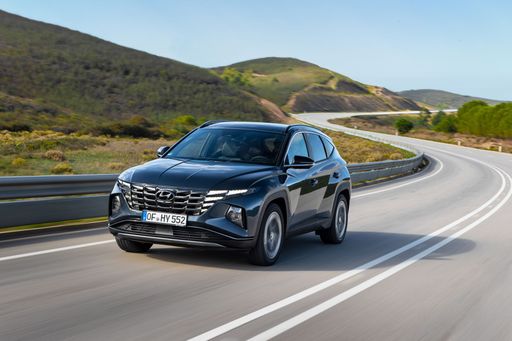
Hyundai Tucson
Audi A5 Sportback
The Audi A5 Sportback seamlessly blends elegance with performance, offering a sophisticated design that captivates onlookers. Inside, the cabin exudes luxury, featuring high-quality materials and advanced technology that enhances both comfort and connectivity. With its sporty dynamics and versatile layout, the A5 Sportback is perfect for those seeking a refined driving experience without compromising on practicality.
details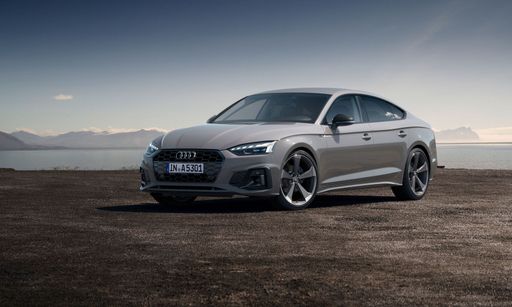 @ audi-mediacenter.com
@ audi-mediacenter.com
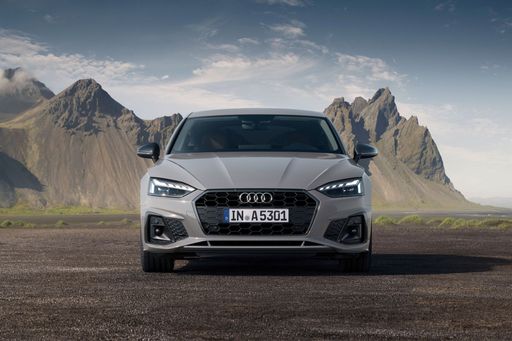 @ audi-mediacenter.com
@ audi-mediacenter.com
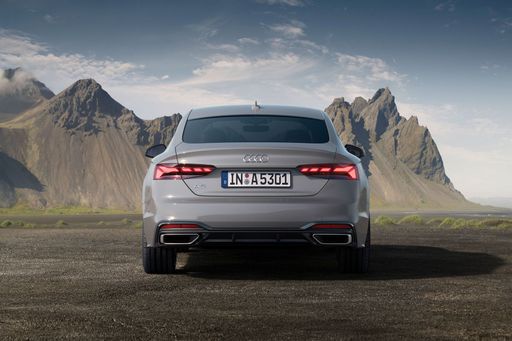 @ audi-mediacenter.com
@ audi-mediacenter.com
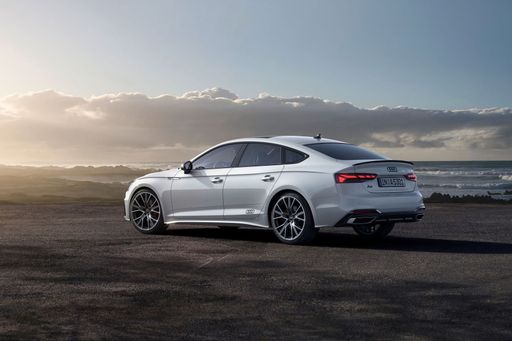 @ audi-mediacenter.com
@ audi-mediacenter.com
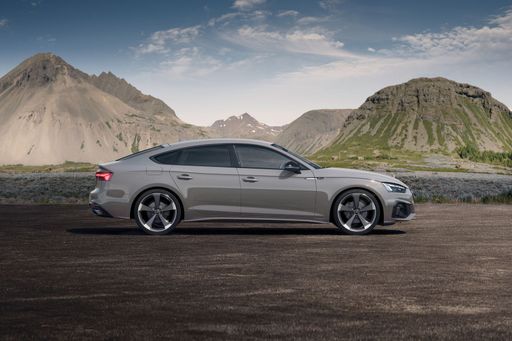 @ audi-mediacenter.com
@ audi-mediacenter.com
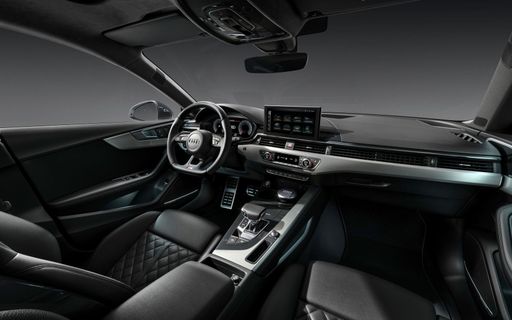 @ audi-mediacenter.com
@ audi-mediacenter.com
Hyundai Tucson
The Hyundai Tucson is a standout choice in the compact SUV segment, offering a perfect blend of style, comfort, and practicality. Its modern design is complemented by a spacious interior that provides ample room for passengers and luggage alike. With advanced technology and safety features, the Tucson ensures a smooth and enjoyable driving experience.
details @ hyundai.news
@ hyundai.news
 @ hyundai.news
@ hyundai.news
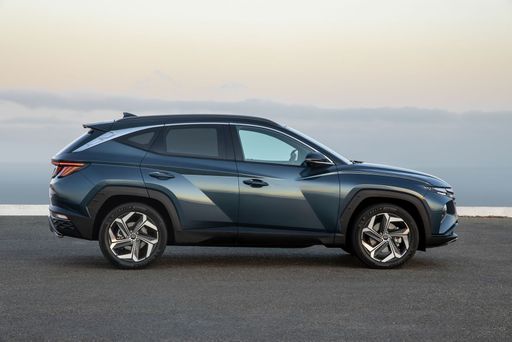 @ hyundai.news
@ hyundai.news
 @ hyundai.news
@ hyundai.news
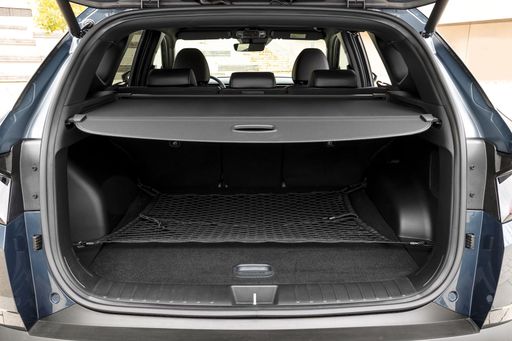 @ hyundai.news
@ hyundai.news

|

|
|
|
|
Costs and Consumption |
|
|---|---|
|
Price
38700 - 68600 £
|
Price
30600 - 46300 £
|
|
Consumption L/100km
2 - 7.6 L
|
Consumption L/100km
1 - 6.9 L
|
|
Consumption kWh/100km
-
|
Consumption kWh/100km
-
|
|
Electric Range
107 - 110 km
|
Electric Range
64 - 70 km
|
|
Battery Capacity
20.70 kWh
|
Battery Capacity
-
|
|
co2
45 - 172 g/km
|
co2
22 - 156 g/km
|
|
Fuel tank capacity
46 - 60 L
|
Fuel tank capacity
42 - 54 L
|
Dimensions and Body |
|
|---|---|
|
Body Type
Hatchback
|
Body Type
SUV
|
|
Seats
4
|
Seats
5
|
|
Doors
5
|
Doors
5
|
|
Curb weight
1770 - 2170 kg
|
Curb weight
1520 - 1889 kg
|
|
Trunk capacity
331 - 445 L
|
Trunk capacity
546 - 620 L
|
|
Length
4829 - 4835 mm
|
Length
4510 - 4520 mm
|
|
Width
1860 mm
|
Width
1865 mm
|
|
Height
1429 - 1444 mm
|
Height
1650 mm
|
|
Max trunk capacity
1175 - 1299 L
|
Max trunk capacity
1721 - 1799 L
|
|
Payload
475 - 530 kg
|
Payload
525 - 545 kg
|
Engine and Performance |
|
|---|---|
|
Engine Type
Plugin Hybrid, Petrol, Diesel MHEV, Petrol MHEV
|
Engine Type
Diesel MHEV, Petrol MHEV, Petrol, Full Hybrid, Plugin Hybrid
|
|
Transmission
Automatic
|
Transmission
Automatic, Manuel
|
|
Transmission Detail
Dual-Clutch Automatic
|
Transmission Detail
Dual-Clutch Automatic, Manual Gearbox, Automatic Gearbox
|
|
Drive Type
All-Wheel Drive, Front-Wheel Drive
|
Drive Type
Front-Wheel Drive, All-Wheel Drive
|
|
Power HP
150 - 367 HP
|
Power HP
136 - 252 HP
|
|
Acceleration 0-100km/h
4.5 - 9.8 s
|
Acceleration 0-100km/h
7.9 - 11.6 s
|
|
Max Speed
216 - 250 km/h
|
Max Speed
180 - 194 km/h
|
|
Torque
280 - 550 Nm
|
Torque
265 - 367 Nm
|
|
Number of Cylinders
4 - 6
|
Number of Cylinders
4
|
|
Power kW
110 - 270 kW
|
Power kW
100 - 185 kW
|
|
Engine capacity
1968 - 2995 cm3
|
Engine capacity
1598 cm3
|
General |
|
|---|---|
|
Model Year
2025
|
Model Year
2024
|
|
CO2 Efficiency Class
B, E, F, D
|
CO2 Efficiency Class
E, F, D, B
|
|
Brand
Audi
|
Brand
Hyundai
|
Is the Audi A5 Sportback offered with different drivetrains?
Available configurations include All-Wheel Drive or Front-Wheel Drive.
The prices and data displayed are estimates based on German list prices and may vary by country. This information is not legally binding.
